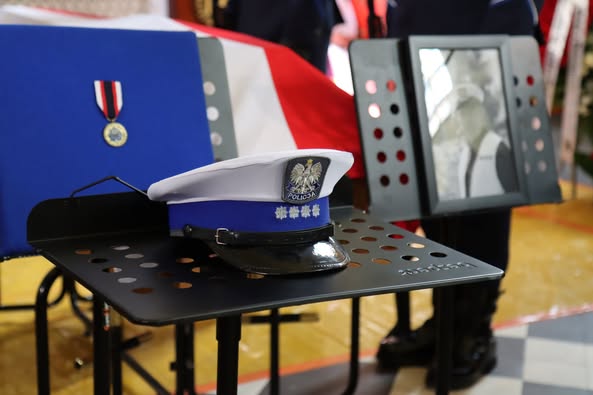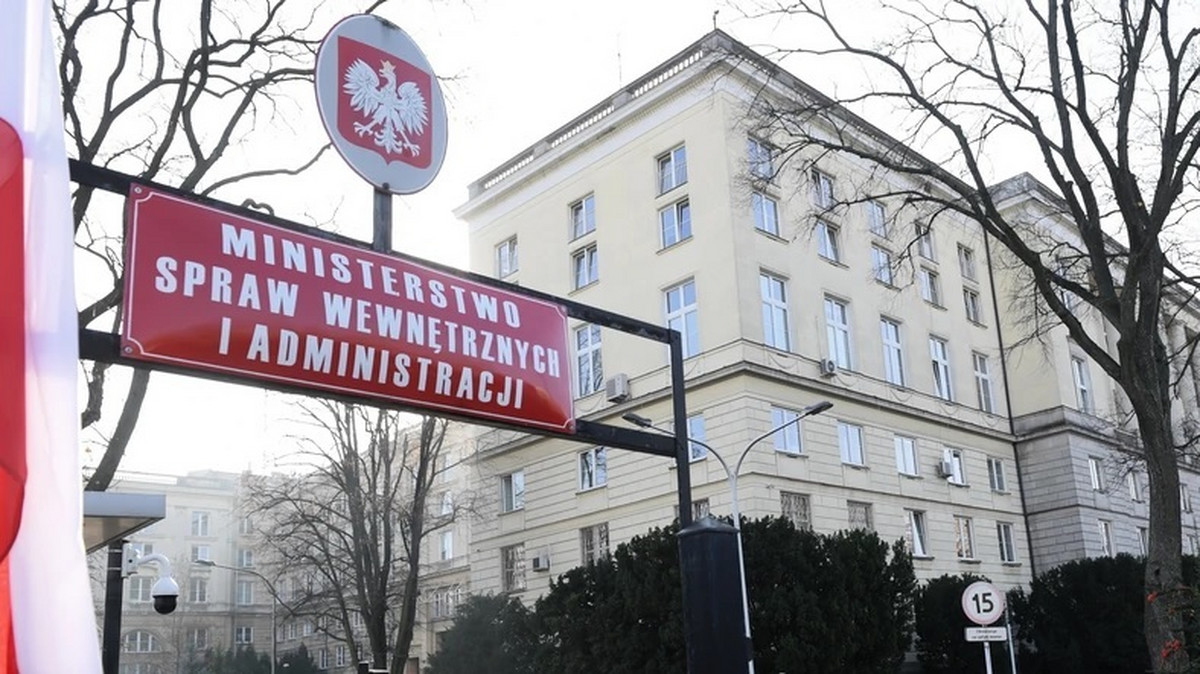
WASHINGTON- Immigration and Customs Enforcement (ICE) may stop relying on chartered carriers like Avelo Airlines (XP), Omni Air International (OY), and World Atlantic Airlines (WL) to handle deportation flights out of airports such as Miami International (MIA) and Houston Intercontinental (IAH).
According to recent reports, the U.S. government is considering creating its own fleet—informally dubbed “ICE Air”—to scale up deportations. The move comes as the Trump administration seeks to expand removal operations significantly.
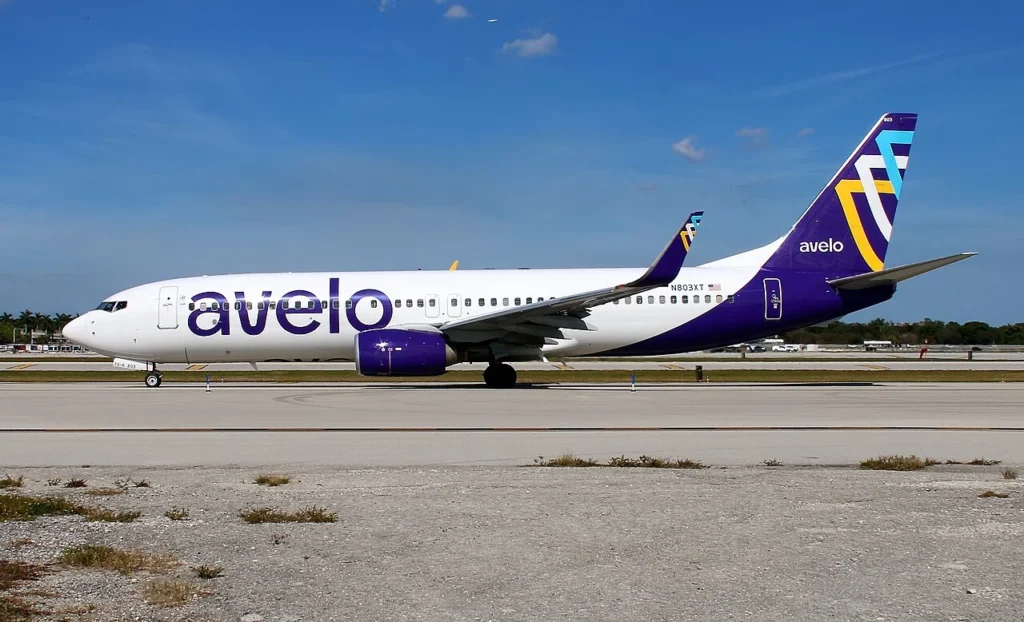 Photo: Colin Cooke Photo | Flickr
Photo: Colin Cooke Photo | FlickrICE Air Deportation Airlines
For years, ICE has outsourced deportation flights to commercial charter operators. Airlines, including Avelo Airlines (XP), Eastern Air Express (EA), GlobalX Airlines (G6), Omni Air International (OY), and World Atlantic Airlines (WL), have handled these operations under government contracts.
These flights provide carriers with a steady revenue stream, while offering ICE flexibility in scheduling.
The administration’s current objective is far more ambitious. Former President Donald Trump has pledged to deport one million undocumented immigrants annually. In the first six months of his previous term, ICE deported roughly 100,000 to 150,000 individuals, a number far short of that target.
To close the gap, Homeland Security Secretary Kristi Noem has reportedly proposed acquiring a dedicated government-operated fleet of aircraft to double monthly deportations.
At present, ICE charters between 8 and 14 planes at a time, transporting approximately 15,000 people per month.
A fleet of 30 or more government-owned aircraft could remove constraints imposed by limited availability from private carriers. This would also reduce the risk of overcrowding in detention facilities by allowing deportations to scale more predictably, OMAAT reported.
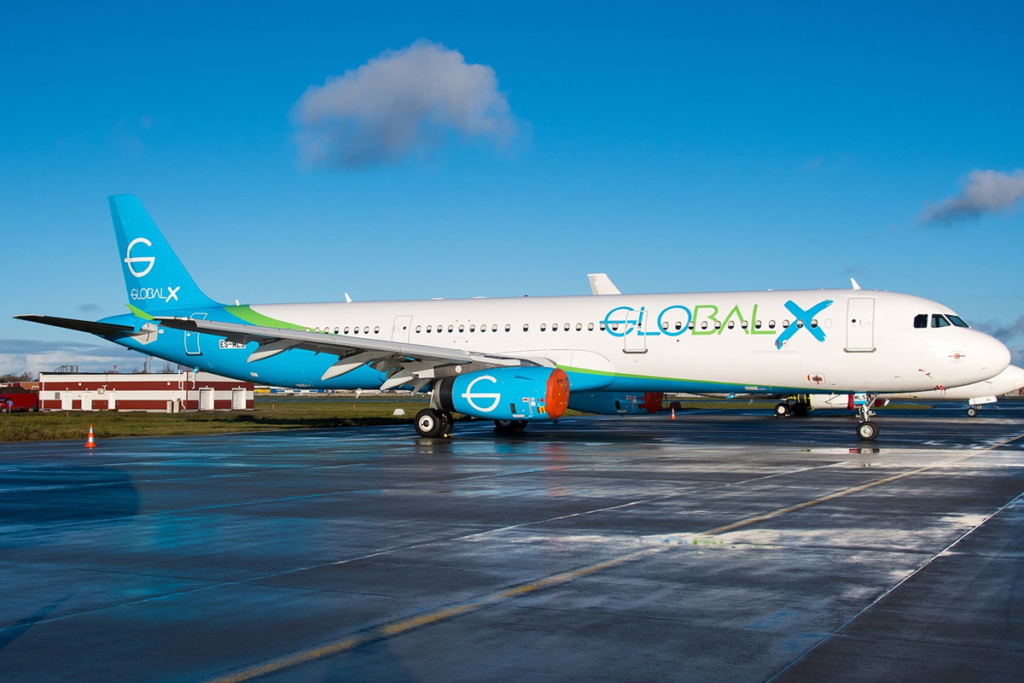 Photo: Global X Airlines
Photo: Global X AirlinesThe Economics of Deportation Flights
Operating deportation flights is costly. Industry estimates suggest that each flight runs about $25,000 per hour once the aircraft, crew, security, and medical personnel are factored in. A single trip often totals $100,000 to $200,000, depending on distance and logistical requirements.
Congress has already allocated significant funding to expand ICE operations. Trump’s immigration funding package boosted the agency’s annual budget to more than $75 billion, with $30 billion earmarked specifically for deportation initiatives. That’s a major leap from the agency’s previous $9.5 billion allocation.
A government-operated deportation fleet would require substantial upfront investment in aircraft purchases, crew training, and maintenance infrastructure. Proponents argue that dedicated planes could eventually reduce long-term expenses by eliminating charter premiums.
Critics counter that outsourcing remains more efficient, since airlines already operate within lean cost structures and allow the government to adjust flight capacity as needed.
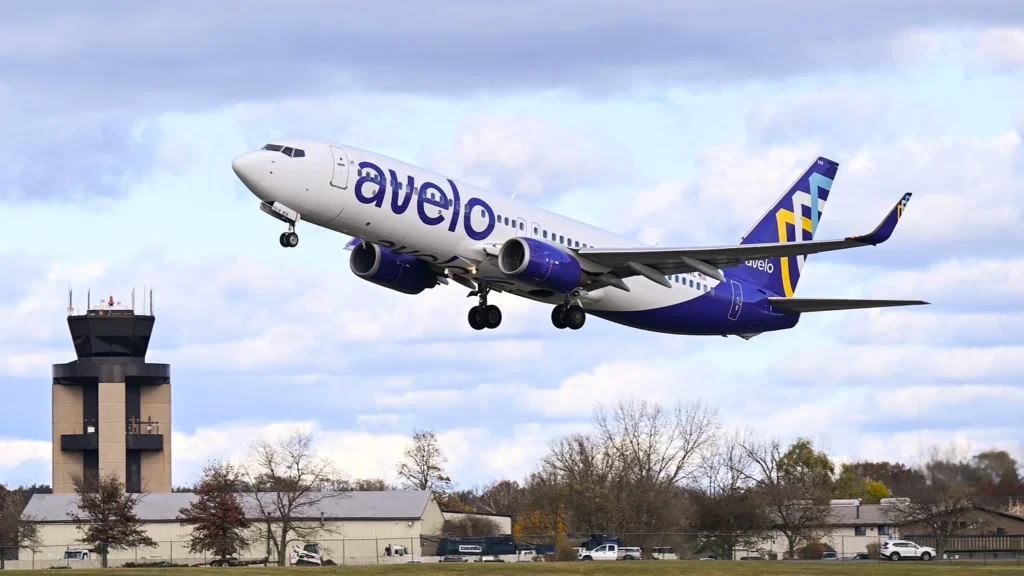 Photo: Albany Airport
Photo: Albany AirportFlexibility vs. Efficiency
One of the key advantages of outsourcing is scalability. When deportation numbers rise, ICE can charter additional flights; when numbers fall, contracts can be scaled back. Buying planes locks the government into fixed capacity and long-term maintenance costs.
Airlines are also experts in operational efficiency. While charter operators profit from government contracts, their margins on these flights are generally slim. It’s unclear whether ICE could achieve lower costs by running its own airline.
The risk of inefficiency, coupled with shifting immigration patterns, raises questions about the sustainability of a government-operated fleet.
 Photo: Denver International Airport
Photo: Denver International AirportAviation and Policy Implications
The potential creation of “ICE Air” goes beyond immigration policy—it intersects directly with aviation economics. If implemented, it could reduce business for smaller charter airlines that currently rely on ICE contracts.
It could also mark one of the rare instances where the U.S. government directly manages an airline operation.
For now, the debate centers not on immigration policy itself, but on the logistics of mass deportation. Should the government double down on outsourcing, or take on the costly responsibility of running its own airline? The answer may reshape how deportation flights are managed for years to come.
Stay tuned with us. Further, follow us on social media for the latest updates.
Join us on Telegram Group for the Latest Aviation Updates. Subsequently, follow us on Google News
Avelo Airlines Launches New Route From Detroit to New Haven
The post ICE Air: US May Launch Government-Run Deportation Airline appeared first on Aviation A2Z.














